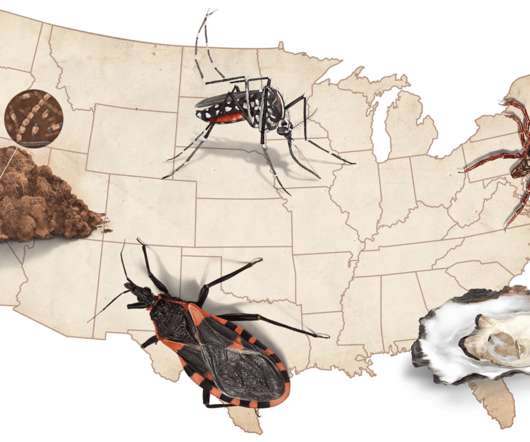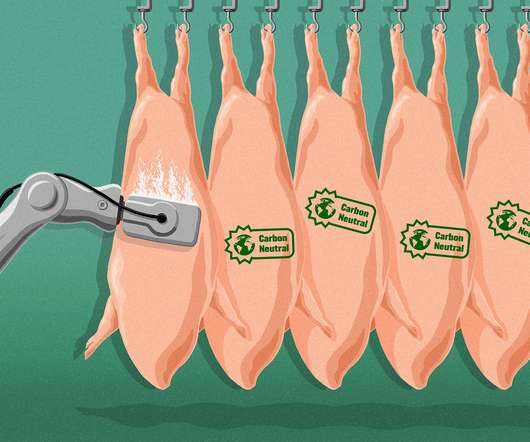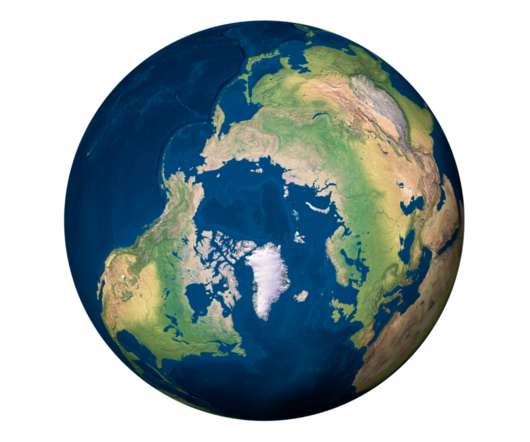The disease after tomorrow
Grist
JUNE 27, 2022
Many of us have spent the last two-and-a-half years worried about the health risks posed by other people. As the climate warms, more health risks will come not only from other people, but increasingly from the environment around us. between 2016 and 2020. The question remains whether we will be prepared.”. this year.















Let's personalize your content